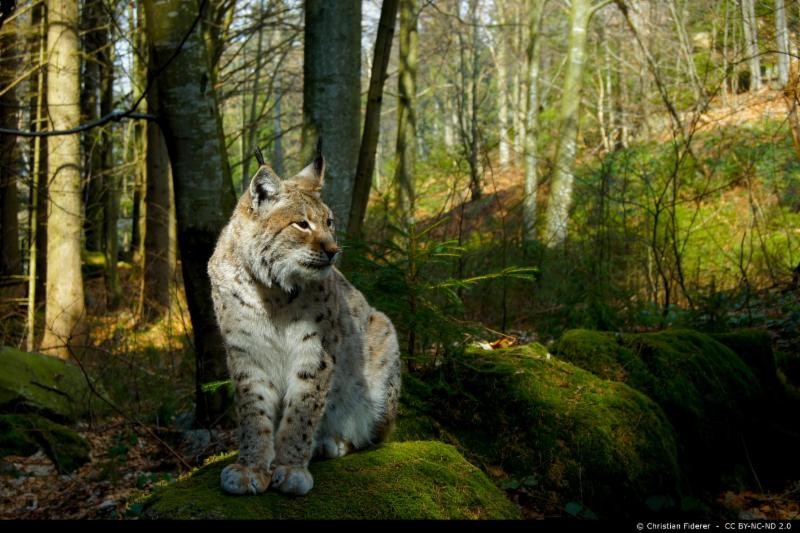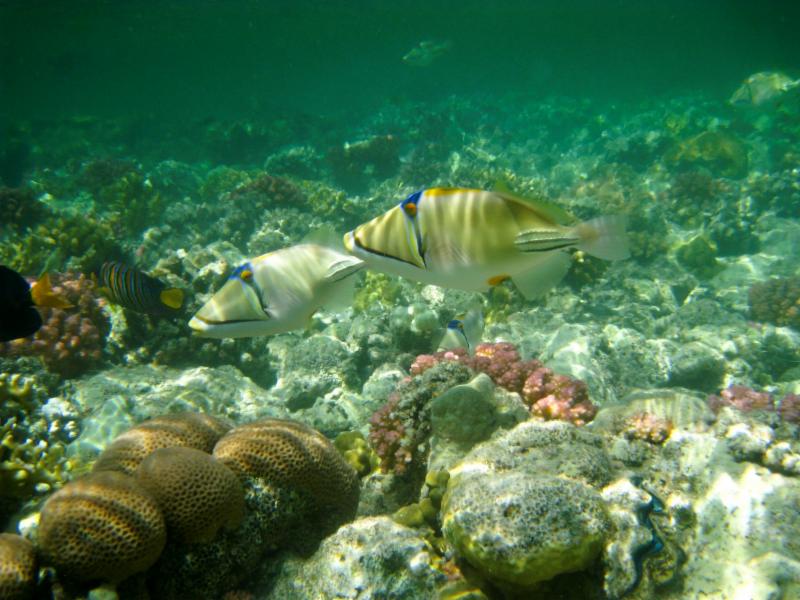Habitat suffers When Politics, Potholes Collide
By John Pollman/Outdoor Forum
Photo by Varanos/flickr
There's a story about wetland loss that you maybe haven't heard a lot about, and, chances are, the folks involved probably don't want you to hear much about it, either.
As I see it, the tale goes a little something like this: Subsurface drainage systems have been increasing in popularity with farmers in North Dakota, but the process used by the federal government to ensure that wetlands are protected through the installation of miles of perforated plastic pipe across the landscape has not been moving fast enough, according to those who will profit from it.
When political maneuvering in Washington, D.C., wasn't enough to speed things up, interested parties decided to try another avenue - one that came with severe consequences for wetlands in the Prairie Pothole Region of North Dakota.
And now questions surround just how the Natural Resources Conservation Services (NRCS), the federal agency at the heart of this avoidable tragedy, will account for the thousands of acres of habitat loss because of pressure from politicians and producers.
|
|

Persistence Pays Off: Purple Martins at McGraw
Story and photo by Clark Ganshirt/McGraw
Nearly a decade ago, after the completion of the reclamation work and seeding on the southwest corner of Bruning Bay, a lone martin house was erected in hopes of attracting purple martins to the Foundation.
Over subsequent years, we monitored the house but no martins were seen. But persistence pays off, and during the recent 2017 Audubon Spring Bird Count it became clear that six to eight pairs of purple martins had taken up residence at McGraw.
The purple martin is 7 ¼ to 8½ inches in length with a forked tail. The male is an iridescent dark blue-purple with brown/black wings and tail. The females are duller in color with variable amounts of gray on head and chest and a whitish lower belly. They are cavity nesters.
Purple martins are highly desirable birds, and many homeowners love to see them in their yards. They belong to a group of birds known as aerial insectivores -- birds that feed on airborne insects. This makes them highly beneficial to people
They're also fun to watch, because they eat, drink and bathe while on the wing.
|
Ten Maps
that Illustrate the Impact of
the Farm Bill
By Ariel Wiegard/TRCP
Photo by Daniel Brock/flickr
Recently, we highlighted on the TRCP blog how the Farm Bill, which may be most familiar to agriculture-minded folks in the Midwest,
helps the greater sage grouse
, one of our most iconic and imperiled Western game species. It drew attention to the fact that some people might not be aware that the Farm Bill touches down in all corners of the country.
But if we're going to get Congress to pass a new Farm Bill that helps to guarantee all Americans quality places to hunt and fish, we'll need every hunter and angler to engage with their elected officials about the programs that matter in the places where they live and spend time outdoors.
One of our goals at TRCP is to educate sportsmen and women on the key conservation provisions of the 1,000-page, trillion-dollar Farm Bill, so we put together a primer on where Farm Bill conservation touches down. Think your area isn't affected by Farm Bill conservation, because there isn't eye-high corn in view? Think again.
|

1,300 Years Later, Britain's Lynx May Come Back
By Griff Witte/The Washington Post
Photo by Christian Fiterer/flickr
Kielder Forest offers some of the wildest landscapes in all of Britain, a "Lord-of-the-Rings"-esque tableau of squishy green moss and soaring dark spruce where ospreys rule the skies and badgers, otters and adders skitter through the brambles below.
But it's not wild enough for Paul O'Donoghue. "Too tame," he scoffed.
Imagine, the conservationist suggested, a 60-pound cat - its ears tufted, its fur dappled - slinking through the undergrowth, sharpening its knifelike claws on the nearest tree and occasionally darting out to plunge its teeth into the throat of an unsuspecting deer.
"How exciting would that be?" he asked, leaving the unstated answer to hang in the lonely stillness of the summer woods.
For 1,300 years, such scenes have been absent from this island, ever since the ancestors of the modern British hunted and killed every last lynx. But now, the wildcat could be poised for a comeback.
|

Oceans Fill
with Fish No One Wants to Eat
By H. Clair Brown/New Food Economy
Photo by Mathias Apltz/flickr
By the end of the century, the rats and cockroaches of the sea-small, aggressive sea creatures scientists call "weedy" species-may dominate the depths. That's according to a study published in
Current Biology
that examines the effects of ocean acidification on marine environments. For marine biologist Ivan Nagelkerken, a future abundance of weedy fish doesn't bode well for seafood circa 2100. "There'll be plenty of them around but no-one really wants to eat them," he said in a press release.
Ocean acidification, which the cheerful narrator of the study's accompanying
explainer video
calls "global warming's evil twin," happens when seawater absorbs carbon dioxide (CO2) from the atmosphere. The National Oceanic and Atmospheric Administration (NOAA)
estimates
the world's oceans absorb about a quarter of CO2 emissions; according to our narrator, human activities have already increased the ocean's acidity by 30 percent.
We already knew that ocean acidification comes with side effects. For instance, scientists have
found
that lower pH levels are harmful to species at the bottom of the food chain including oysters, corals, and the "sea butterflies" that salmon rely on. But most research has focused on lab simulations that look at only one or two species at a time. Not much is known about how acidification impacts whole underwater communities that are home to hundreds of different species.
|
|
|
|
|
|